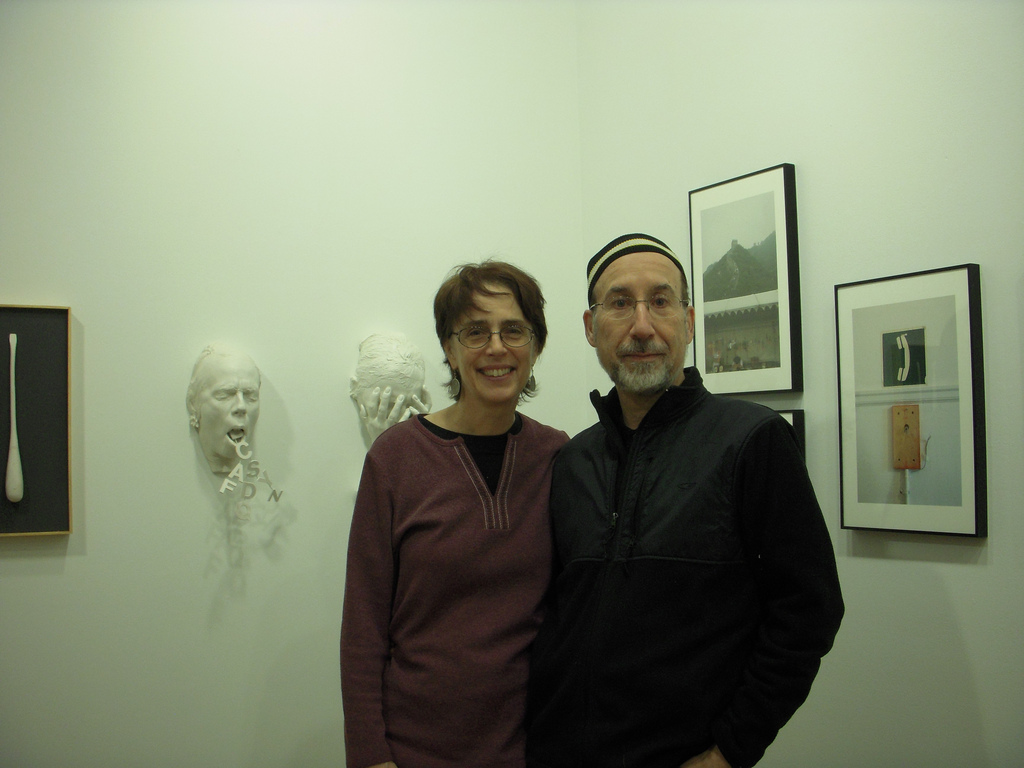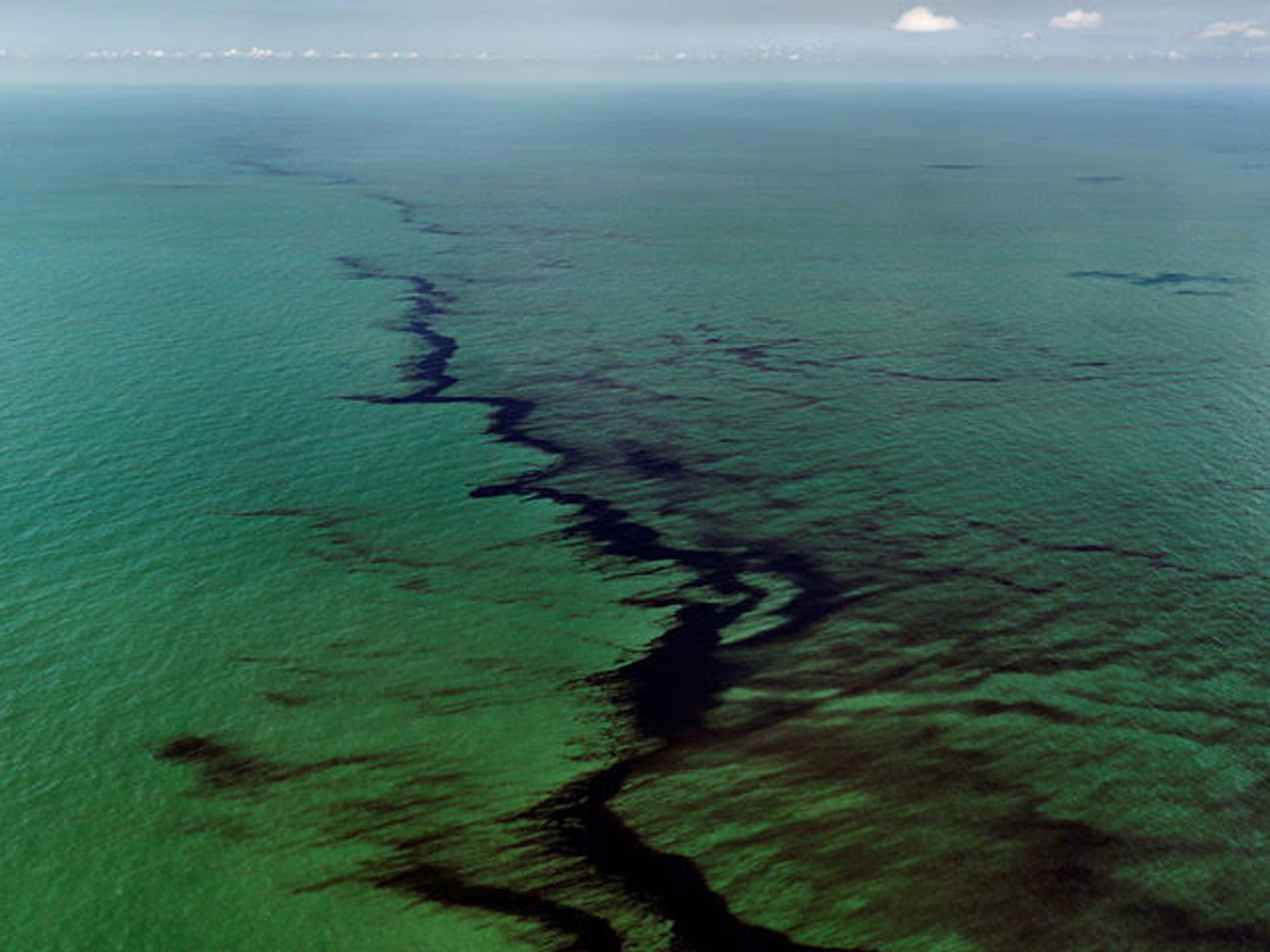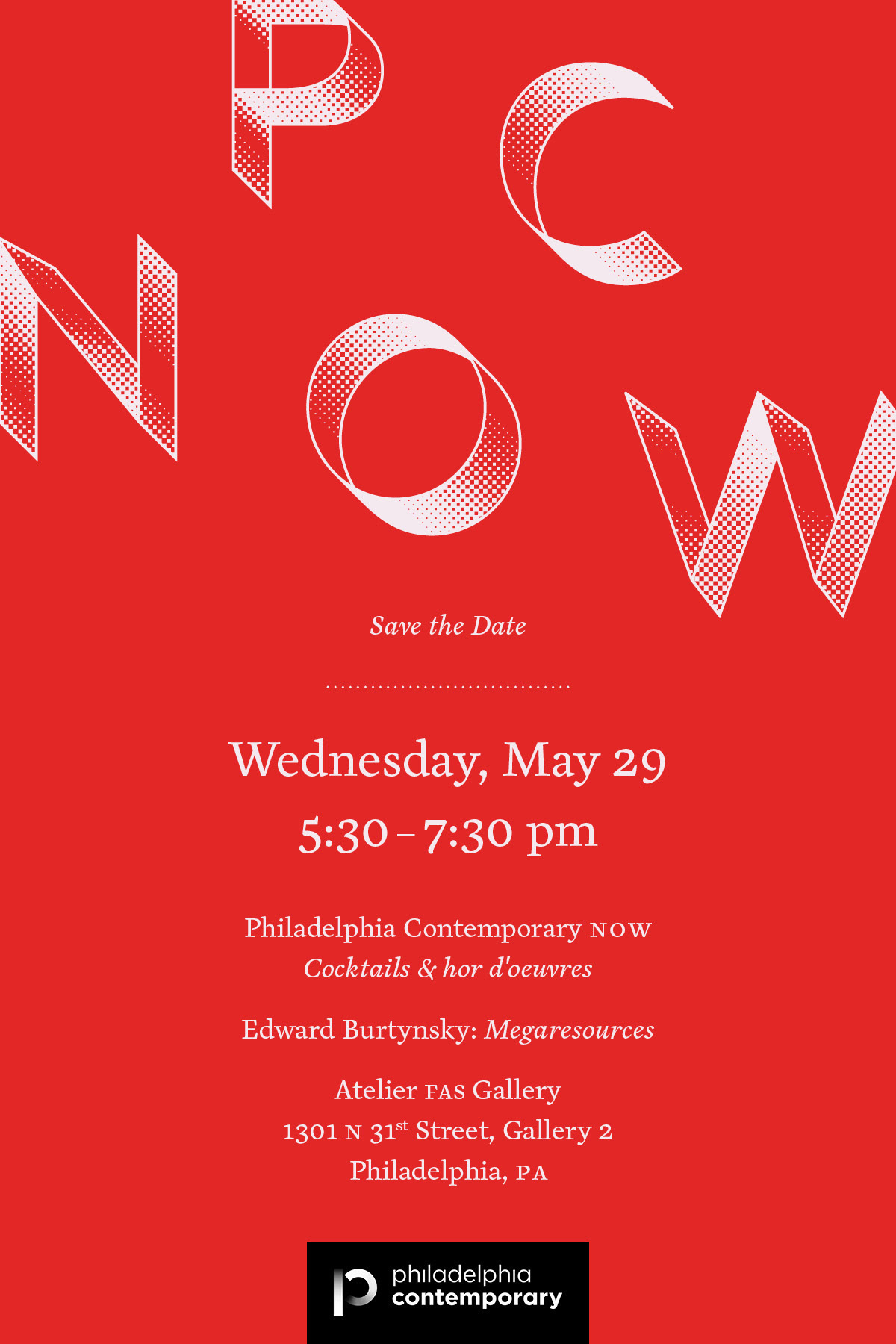News
[ED. NOTE: This post has been amended to add important information to the discussion of CETA in Philadelphia. The Brandywine Workshop and Archive was a very big participant in the CETA Program, says Allan Edmunds, Brandywine’s President. Please scroll down for his words about the role Brandywine played. Note, too, that I will be following up with Allan for a more comprehensive story on the history of his important and under-known arts institution. We have also received the address for Atelier FAS Gallery, site of the Edward Burtynsky exhibition, which is added to the post near the bottom.]
Art Historians, here’s a Research Challenge for you: The federally-funded, bipartison-supported, Richard Nixon-signed, Comprehensive Employment and Training Act provided federal support directly to 10,000 artists nationwide and launched the careers of several who went on to win awards with ground-breaking art. CETA is a continuation of the renowned 30’s era WPA project, and yet nobody knows about it. CETA needs to be researched, archived, celebrated (and brought back!). That’s the challenge, that’s the job.
I told you previously about CETA when our friends and Artblog favorites, Virginia Maksymowicz and Blaise Tobia — who were CETA artists in New York — told me that they were working with some other past program participants to create discussion about and interest in this forward-looking project that is an important part of American art history but sadly overlooked.
Virginia wrote last week with an update: CETA is now on a few important peoples radars and is the topic of several free public discussions in New York on Feb. 15, 2019 at the College Art Association Convention (details to CETA panels here). Blaise, long-time faculty of art at Drexel University is moderating one of the panels. Virginia was a long-time faculty member of Franklin and Marshall College in Lancaster. Below is additional information from Virginia and links to the CETA panels in New York on Feb. 15. More about Virginia Maksymowicz and Blaise Tobia.

Blaise and I worked as CETA artists from 1978 to 1979 as part of the Cultural Council Foundation (CCF) Artists Project in New York City. Cheryl McClenney-Brooker, who later came to Philadelphia to be the Director of External Affairs for the PMA, had been a key figure in implementing the CCF Project when she was Assistant Commissioner of the Department of Cultural Affairs.
CETA also benefitted artists in Philadelphia. Barbara Bullock taught in the CETA-funded Visual Artists in the Public Schools Program from 1977 to 1979. James Phillips, who studied at Fleisher and at what was then called PCA, was also a CETA artist. The Painted Bride’s first paid staff was thanks to CETA: six people were hired to oversee administration, theater management, promotion, fund-raising, and maintenance.
Blaise and I have been working with City Lore Gallery in NYC on documenting the CCF Project. However, we are interested, as well, in hearing about other projects around the country. It would be great if we could get more Philadelphia artists and cultural institutions to become aware of this all-but-forgotten piece of recent history.
There are going to be two panels held on Friday, February 15 in Manhattan. One is a lunchtime panel at the NY Hilton Midtown and the other is an evening panel at Hunter College. Participants will include Tom Finkelpearl, Commissioner of Cultural Affairs, along with artists, administrators and writers who were involved with CETA-funded artist projects.
A good number of CETA artists went on to become well-known, and their years in CETA laid the groundwork: Ursula von Rydingsvaard, Dawoud Bey (who got a MacArthur a couple of years ago!), Willie Birch, etc. Nonetheless, there is very little written about it and, since many of us have already died and the rest are getting old…this is the last chance for any art historians to conduct some “primary research.”
CAA-CETA panel at Hunter College, Feb. 15, 7 PM
CAA-CETA Panel at New York Hilton, Feb. 15, 12:30 PM
Both events are free and open to the public.
About CETA in Philadelphia from Allan Edmunds, President, Brandywine Workshop and Archives
I am sorry to learn that Brandywine Workshop and Archives was not mentioned in your celebration of 40 years since CETA.
From 1976-77, Brandywine in Philly conducted one of two state-funded programs. Pittsburgh’s program was conducted by the Manchester Craftsman Guild. In 1977-80, we switched to local funding by the Area Manpower Planning Council.
During the period, Brandywine employed 72 artists with one-year alone supporting 38 with full-time salaries and placements at community centers, art organizations, museums, etc. Interesting that the article celebrates NYC and does not mention Brandywine, which is well- documented in photographs, printed materials and in news articles, and by researchers who have visited and looked at our archives.
Our Program was called the Visual Artist in Public Service Projects and we served every neighborhood across the city with an ethnically diverse, inter-generational staff of talented professional visual artists.

Philadelphia Contemporary just announced its trifecta of programs for Spring, 2019. The organization, once-nomadic but soon-to-be rooted in a new museum space (!) in West Philadelphia dropped this newsy news, one item of which particularly caught our eye: April, 2019, brings the debut of a new podcast series, “Love Jawns: A mixtape (LJAM),” produced by PC Curator of Contemporary Word, Yolanda Wisher with Jaléssa Mungin. The 20-minute podcasts with poets Raquel Salas Rivera, Frank Sherlock, Trapeta B. Mayson and others will also include musical interludes interspersed with the words. Speaking of podcasts, come back soon for an upcoming Artblog Radio podcast, with Imani Roach talking to Yolanda Wisher (fyi, scheduled before we knew of her impending podcast series with PC).
Also in the Spring, in May, 2019, PC hosts an exhibition by eco-warrior photographer, Edward Burtynsky at Atelier Fine Arts Services Brewery Park Showroom, 1301 N. 31st St., Gallery 2; and a dance project with Rennie Wilson and dancers in residence at Church of the Advocate culminating in public performances and a processional series. More information about PC at their website. Details for the Spring, 2019, programs are forthcoming and we will update you when we hear more.






